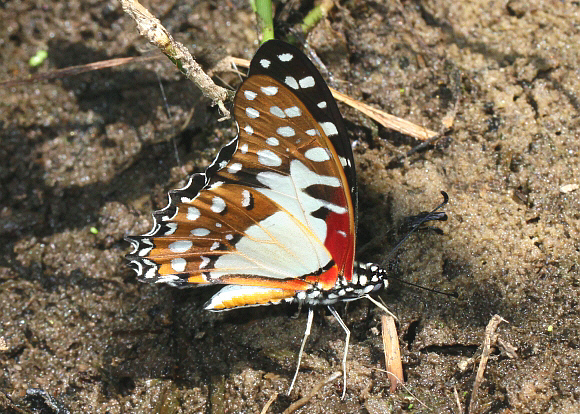
Introduction
There are about 90 recorded species of Papilionidae in the continent of Africa, including 37 in the genus Graphium.
Some Graphium species such as kirbyi and policenes have long sword-like tails but others including angolanus, almansor and leonidas are without tails. The wings of most species are dark brown, and usually bear a pattern of translucent turquoise, white or yellow ‘windows’. Males have a fold on the inner edge of each hindwing which encloses plumes of androconial scales. These specialised scales disseminate pheromones that are used to entice females into copulation.
Graphium angolanus is unlike any other African species with the possible exception of G. philonoe. In philonoe the large white area on the forewings is broken up into a series of bars.
The Angolan White Lady is a common butterfly, found throughout much of Africa from Gambia to Ethiopia, and south to Angola, Mozambique, Botswana and western South Africa.
Habitats
This species is primarily an inhabitant of savannah, acacia scrub and dry open woodland, but can be seen in lower numbers along logging roads and in open sunny clearings in rainforest.
Lifecycle
The larval foodplants include Annona and Uvaria (Annonaceae); Landolphia (Apocynaceae); and Sphedamnocarpus (Malpighiaceae).
Adult behaviour
Males are seen far more frequently than females, and are often encountered in groups of 5 or 6 individuals, imbibing mineralised moisture from muddy tracks and forest roads. Sometimes they are found in much larger numbers when small swarms of migrants gather at damp patches of ground, or at clumps of Tridax flowers.

